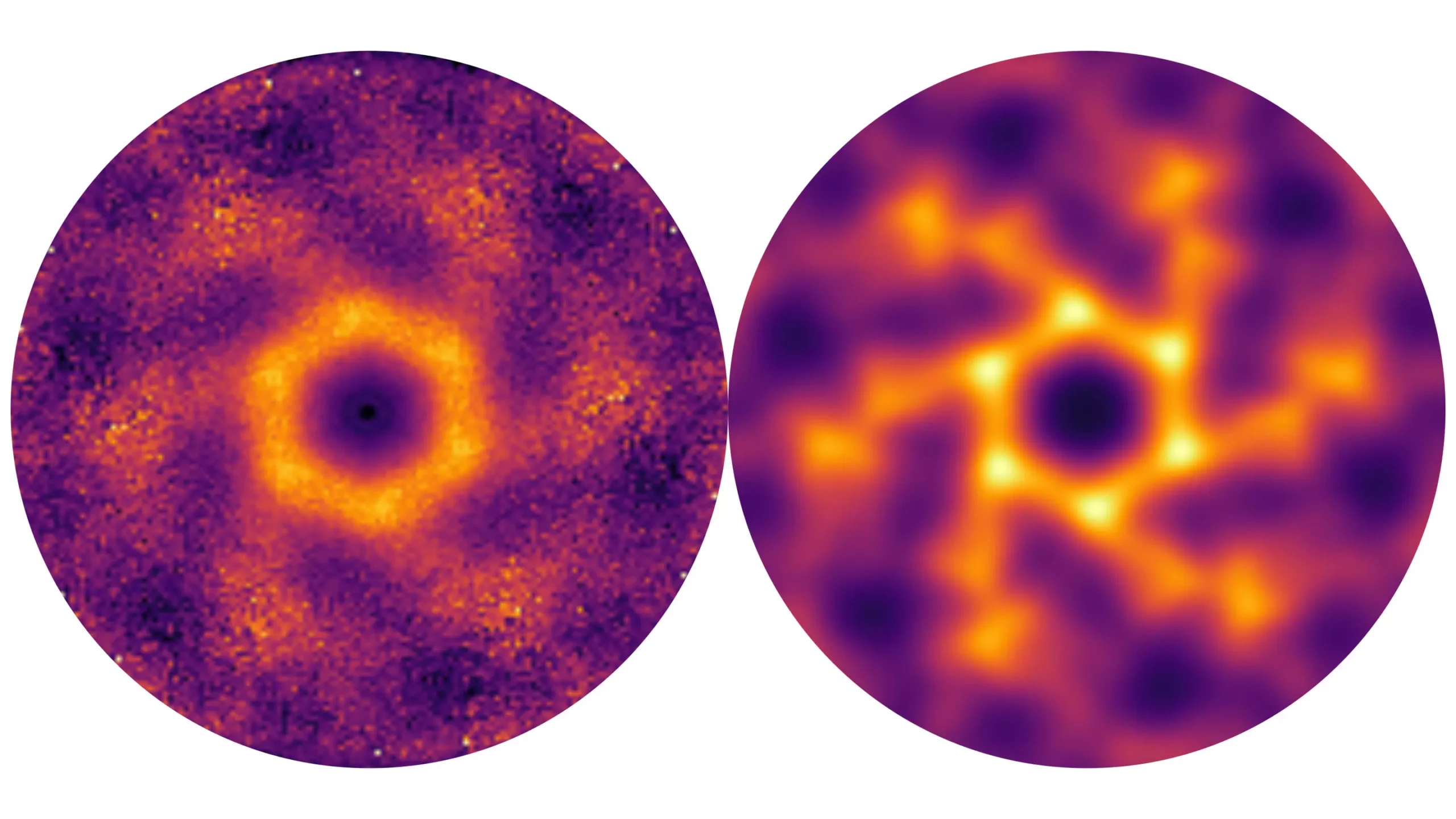A recent discovery by an international team has unveiled the existence of a 3D quantum spin liquid in langbeinite materials. This groundbreaking finding sheds light on the unique behavior induced by the material’s crystalline structure and magnetic interactions, leading to the emergence of quantum spin liquids in a new class of materials. The implications of this discovery are significant, as it opens up new possibilities for the study and application of quantum phenomena in solid-state materials.
The concept of quantum spin liquids, or QSLs, is a fascinating area of research in condensed matter physics. These materials exhibit unconventional magnetic properties, characterized by disordered spin configurations that persist even at extremely low temperatures. The presence of magnetic frustration, where spins are unable to align in a energetically favorable manner, is a key feature of QSLs. This leads to the formation of a liquid-like state where spins continue to fluctuate, giving rise to unique quantum behavior.
Langbeinite materials, a class of sulfate minerals, have been identified as potential candidates for hosting quantum spin liquids. By manipulating the composition of langbeinite crystals, researchers have been able to induce magnetic frustration and observe the emergence of quantum spin liquid behavior. The role of nickel ions in forming trillium lattices within langbeinite crystals plays a crucial role in enhancing magnetic frustration, thereby promoting the formation of quantum spin liquids.
The discovery of 3D quantum spin liquids in langbeinite materials was the result of a collaborative effort involving experimental measurements and theoretical modeling. Experiments conducted at the ISIS neutron source in Oxford provided valuable data on the magnetic fluctuations in langbeinite samples, confirming the presence of quantum spin liquid behavior even at relatively higher temperatures. Theoretical calculations, using advanced methods such as Monte Carlo simulations and pseudo-fermion function renormalization group (PFFRG), helped researchers elucidate the underlying mechanisms driving the emergence of quantum spin liquids in langbeinite materials.
The discovery of quantum spin liquids in langbeinite materials opens up new avenues for research in the field of condensed matter physics. The potential applications of these materials, particularly in the development of stable qubits for quantum computing, are promising. The study also highlights the importance of exploring uncharted territory in the search for novel quantum phenomena. Future research efforts will focus on further investigating the properties of langbeinite materials and synthesizing new representatives to explore the full potential of 3D quantum spin liquids.
The discovery of quantum spin liquids in langbeinite materials represents a significant milestone in the field of condensed matter physics. The unique properties exhibited by these materials provide valuable insights into the behavior of quantum systems and open up new possibilities for future research and technological applications. By critically analyzing the experimental and theoretical findings, researchers can continue to advance our understanding of quantum phenomena and explore the untapped potential of 3D quantum spin liquids.


Leave a Reply